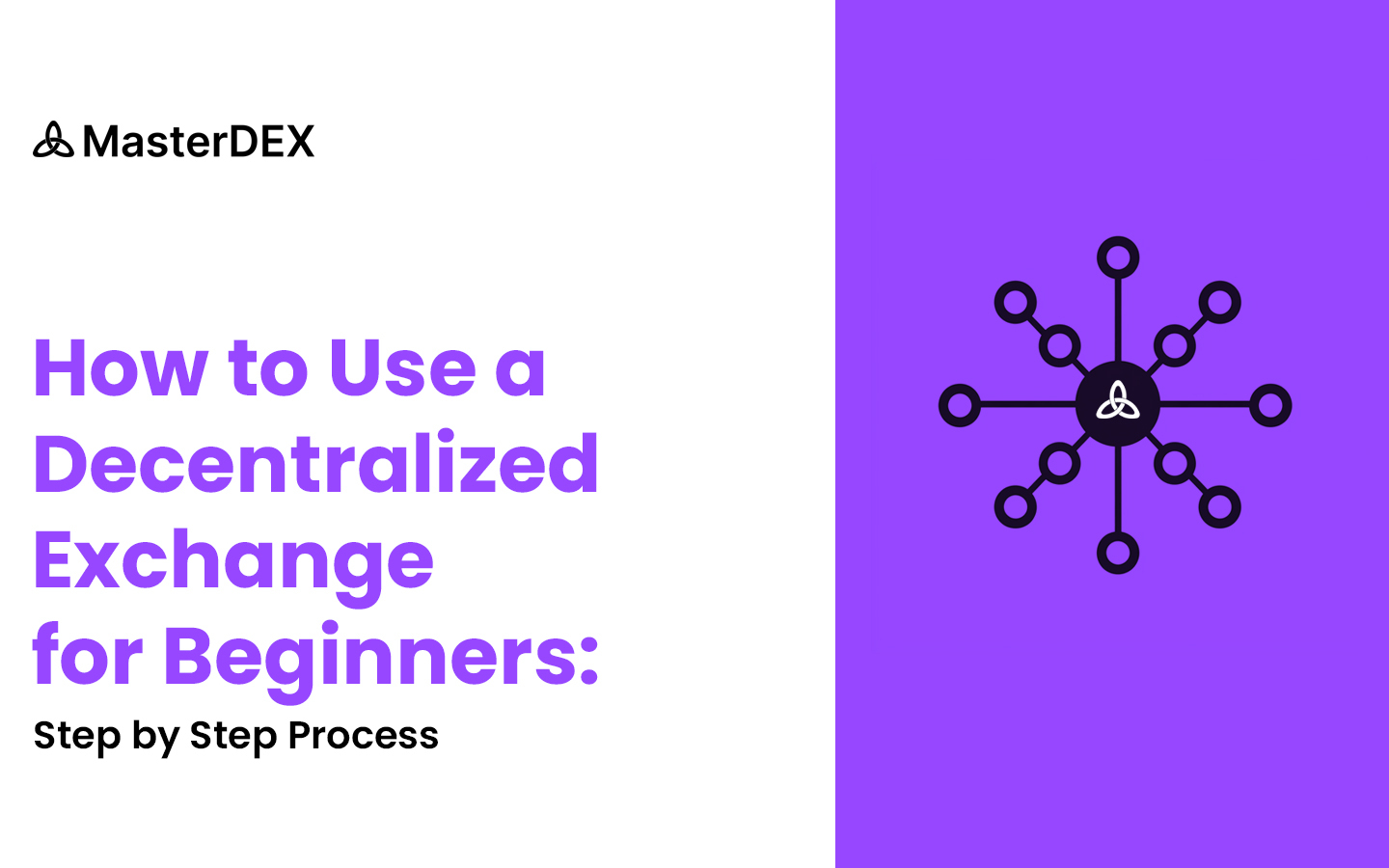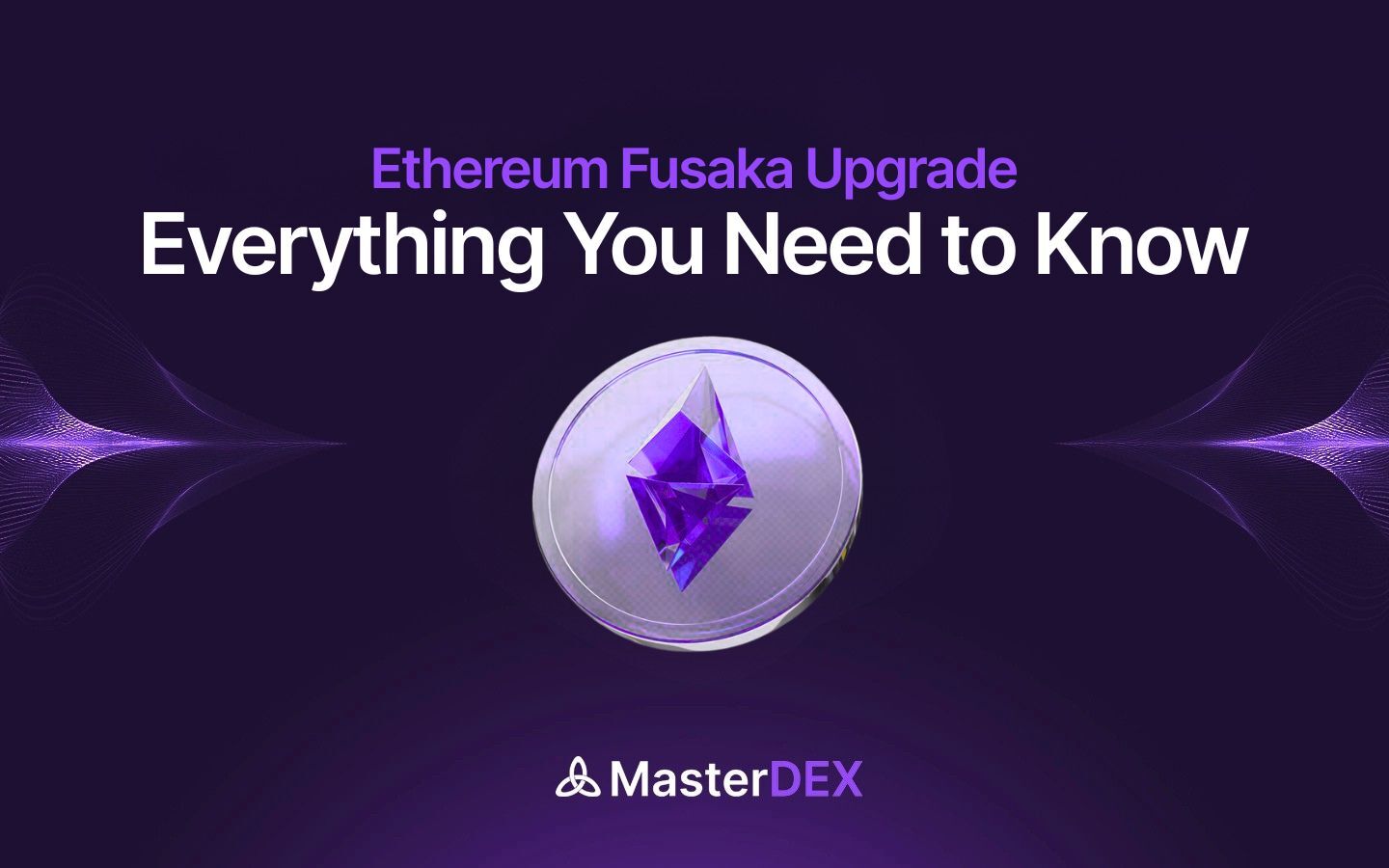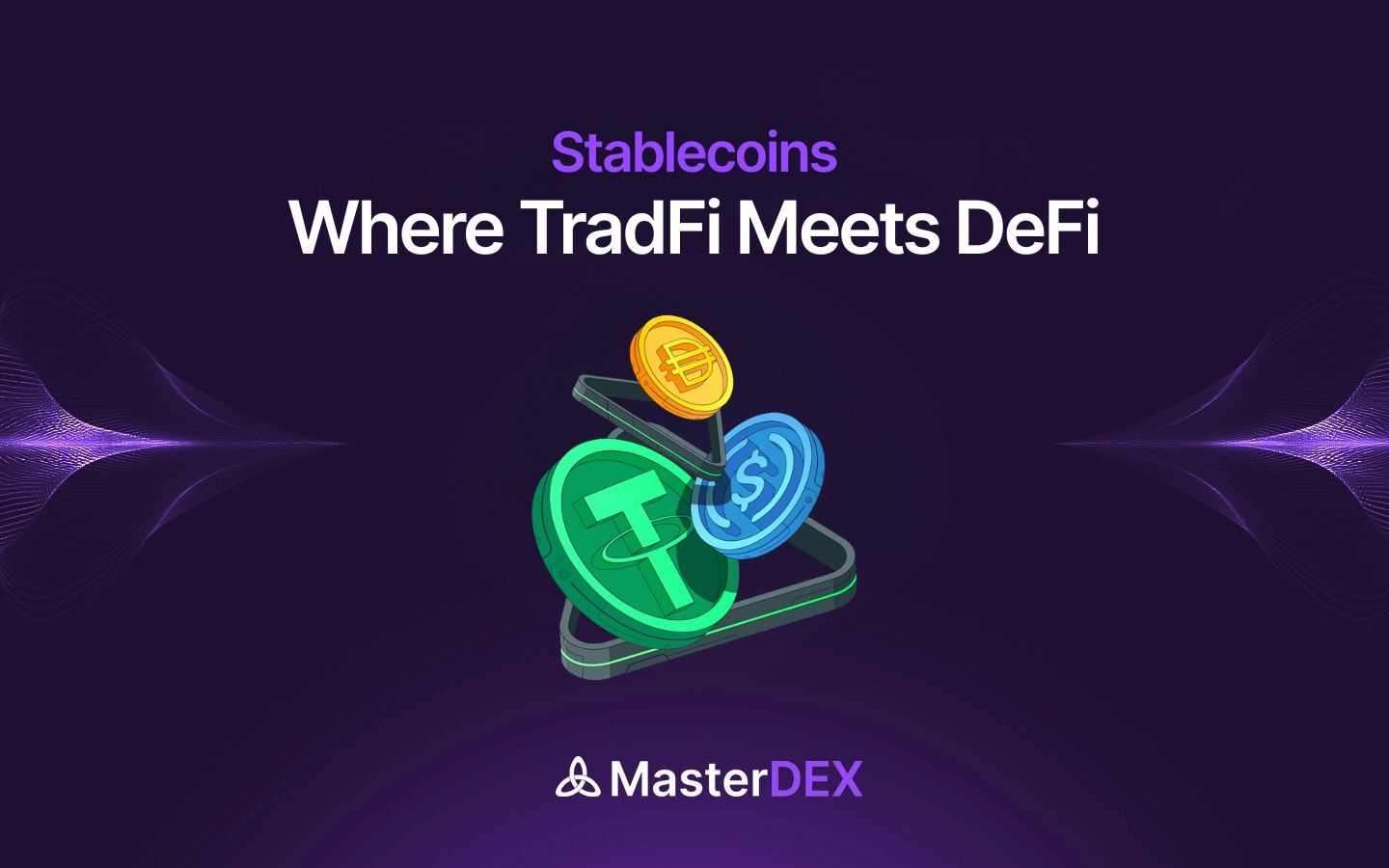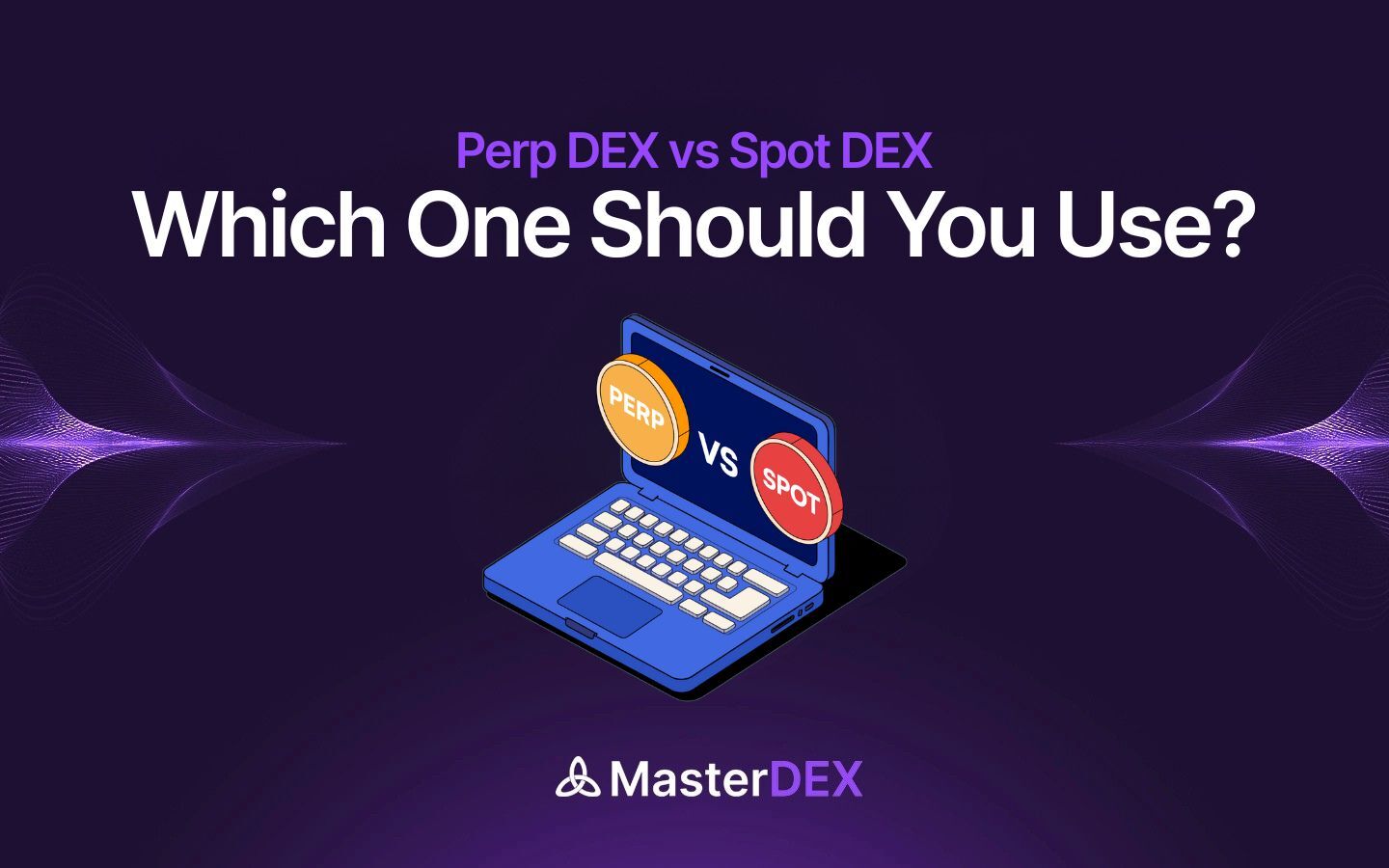Table of Contents:
ToggleIntroduction
Decentralized exchanges (DEXs) are changing the way people trade cryptocurrencies by offering a trustless, permissionless, and non-custodial way to swap digital assets. Unlike centralized exchanges (CEXs) that require users to sign up, verify their identity, and deposit funds into an exchange-controlled wallet, DEXs allow direct peer-to-peer trading through blockchain-based smart contracts.
For beginners, the concept of trading on a decentralized exchange might seem intimidating at first. However, with the right guidance, using a decentralized exchange can be a seamless and secure experience. This guide will walk you through everything you need to know—from setting up a wallet to making your first trade.
Curious to learn more about DEXs and CEXs? Check out the differences between the two now!
What are Decentralized Exchanges (DEXs)?
A Decentralized Exchange is a crypto trading platform that operates without a central authority. Instead of using order books managed by an intermediary, DEXs rely on blockchain-based protocols to execute trades. Smart contracts facilitate these transactions, ensuring that users retain full control over their assets at all times.
Unlike traditional exchanges, decentralized exchanges do not require account registration or identity verification. This provides an additional layer of privacy and security, as users can trade directly from their personal wallets without having to deposit funds into an exchange-controlled account.
One of the most popular decentralized exchanges is MasterDEX which operates on different blockchain networks and offers unique features tailored to different trading needs.
DEXs: Benefits and Challenges
There are several advantages to using a decentralized exchange over a centralized one. The most significant benefit is that decentralized exchange is non-custodial, meaning users maintain full ownership of their funds. This greatly reduces the risk of exchange hacks or withdrawal restrictions, which have been common issues with centralized platforms.
Additionally, decentralized exchanges offer a wider range of tokens than most centralized exchanges. Many new and emerging projects launch their tokens on decentralized exchanges first, making them accessible to early investors.
Another key benefit is that DEXs do not require KYC (Know Your Customer) verification. This means users can trade anonymously, without needing to submit personal information such as ID documents or proof of residence.
However, using a decentralized exchange also comes with certain challenges. Transaction fees, known as gas fees, can be high, especially on Ethereum-based DEXs. Some decentralized exchanges also have lower liquidity compared to centralized exchanges, which can lead to slippage—a situation where a trade is executed at a price different from what was expected.
Despite these challenges, decentralized exchanges provide a secure and transparent way to trade cryptocurrencies while maintaining financial sovereignty.
Step-by-Step Guide to Using a DEX
Step 1: Setting Up a Crypto Wallet
Before you can start trading on a DEX, you’ll need a crypto wallet that supports decentralized applications (DApps). Popular choices include MetaMask, Trust Wallet, and Coinbase Wallet.
Once you’ve chosen a wallet, download and install the extension or app. When creating a new wallet, you’ll receive a 12- or 24-word seed phrase. This phrase is the only way to recover your wallet if you lose access. It is crucial that you write it down and store it safely offline—never share it with anyone.
After setting up your wallet, you’ll need to fund it with cryptocurrency. The type of token required depends on the blockchain network on which the decentralized exchange operates. For example, if you’re using MasterDEX, you’ll need Ethereum (ETH) to pay for transaction fees.
Step 2: Connecting Your Wallet to a DEX
Now that your wallet is ready, visit the official website of the decentralized exchange you want to use. Make sure you are on the correct site to avoid phishing scams.
Click on “Connect Wallet” in the top-right corner of the page. You will be prompted to choose a wallet—select the one you set up earlier. After approving the connection in your wallet, you will be ready to start trading.
Step 3: Selecting a Trading Pair
Once your wallet is connected, you’ll need to choose which cryptocurrency pair you want to trade. For example, if you want to buy MDEX (MasterDEX’s token) using ETH, select ETH as the token you are swapping from and MDEX as the token you want to receive.
Here it is important to note that please double-check the token contract address, especially if you are trading lesser-known tokens, as scammers often create fake versions of popular tokens to trick users.
Step 4: Adjusting Slippage and Confirming the Trade
Before confirming your trade, you might need to adjust the slippage tolerance. Slippage occurs when the price of a token changes between the time you submit your trade and when it is executed. If a token has high volatility or low liquidity, increasing your slippage tolerance can help ensure your trade goes through.
Once you are satisfied with the trade details, click “Swap” and confirm the transaction in your wallet. Depending on network congestion, your trade may take a few seconds to be processed.
After the transaction is completed, you can verify it by checking the transaction hash on a blockchain explorer such as Etherscan (for Ethereum).
Staying Safe While Using a DEX
Security is one of the most important aspects of trading on a decentralized exchange. Always double-check that you are using the official website and never approve transactions from unknown sources.
Using a hardware wallet such as Ledger or Trezor can add an extra layer of security by keeping your private keys offline. Additionally, never share your seed phrase, as scammers often try to trick users into revealing this information.
Another good practice is to verify smart contracts before interacting with them. Websites like CoinGecko and CoinMarketCap provide official contract addresses to help you avoid scam tokens.
Bottom Line
Decentralized exchanges have revolutionized the way people trade cryptocurrencies by offering a more secure, transparent, and permissionless alternative to centralized platforms. While they come with challenges like gas fees and liquidity concerns, their benefits far outweigh the risks for those who prioritize financial independence.
By following this step-by-step guide, beginners can navigate the world of DEXs with confidence and start trading in a secure and efficient manner. As the DeFi space continues to grow, understanding how to use a decentralized exchange will become an essential skill for any crypto investor.



